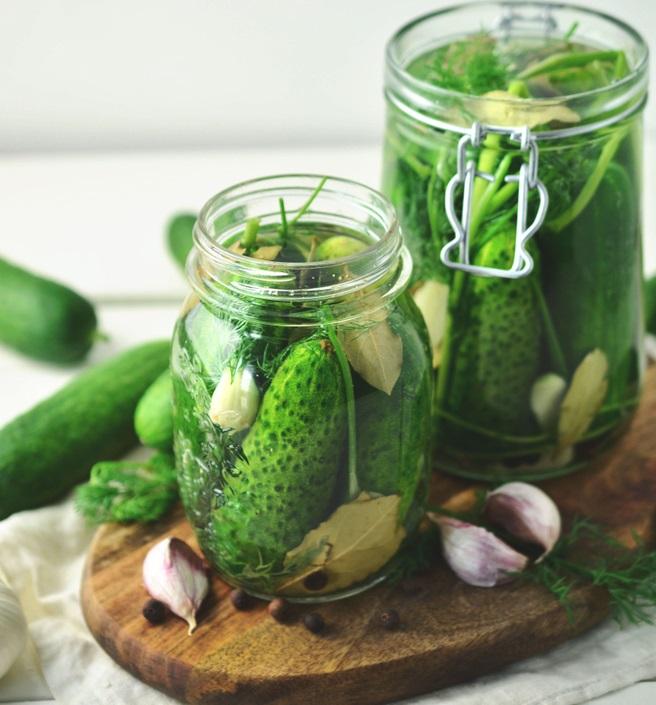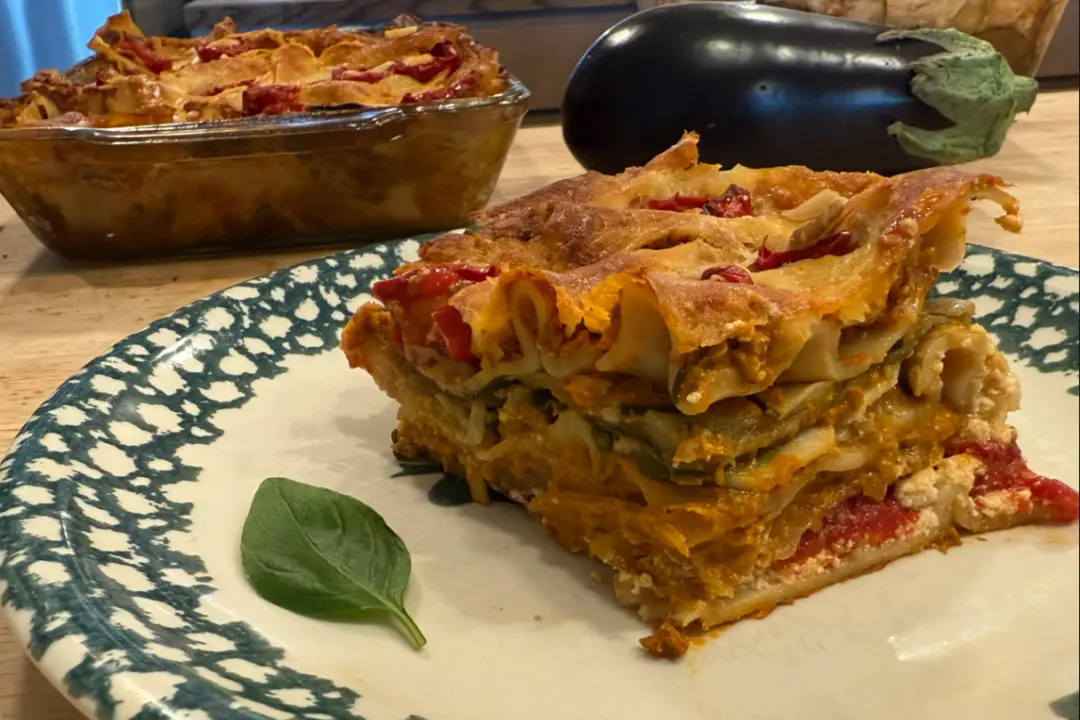It began with my friend, Amy Alkon, gushing about Dietz and Watson brand kosher dill pickles, which she calls “the crowning glory of picklehood.”
Alkon is an award-winning, science-based advice columnist and author. On Twitter, she called her D&W’s the “best thing to stress eat ... when the writing is going a little hopelessly.” Her pickle habit soon became an addiction. And, like most addictions, it was expensive. Dietz and Watson pickles are “$5.67 for about 6,” she wrote in a tweet. “I could eat those in a single setting!”





